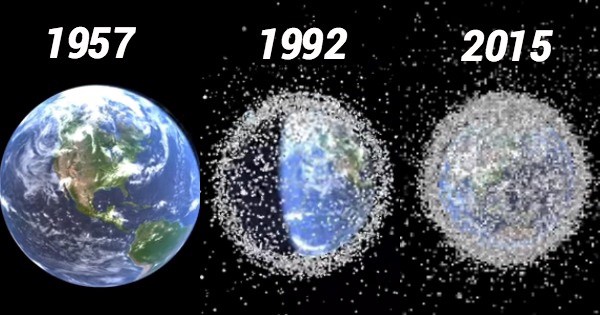7667766266
enquiry@shankarias.in
What is the issue?
Why is ASAT not widely used?
What are the international agreements in place?
What is space debris?

How is space debris a threat?
Why is Mission Shakti safe?
Source: The Indian Express